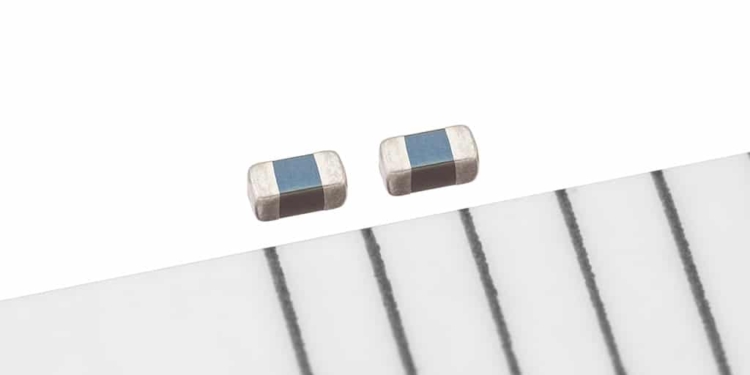Source: TDK news
TDK Corporation (TSE:6762) has expanded its lineup of multilayer varistors for automotive Ethernet with a new type (AVRH10C221KT1R5YA8) with a very high ESD robustness for use in especially hostile environments.
The new addition to the AVR series thus provides reliable ESD protection up to 25 kV (IEC61000-4-2). Moreover, thanks to the extremely precise multilayer technology and optimized manufacturing process, the new chip varistor features a low capacitance of 1.5 ± 0.13 pF. With its IEC 1005 package (1.0 x 0.5 x 0.5 mm) the component’s volume is about 75 percent smaller than that of existing components. The new varistor features a maximum operating voltage of 70 V and an operating temperature range of -55 to 150 °C, thus enabling a broad range of possible applications.
Automotive Ethernet is the communication infrastructure of choice for today’s vehicles since ECUs require a high speed, low latency communication in advanced driver assistance systems (ADAS) and autonomous driving. TDK’s newest multilayer varistor extends the portfolio of protection components for automotive Ethernet applications. With the AVR and CT series reliable ESD protection up to 25 kV is now available for both 100Base-T1 and 1000Base-T1 interfaces without impeding high speed data communication.
Moving forward, TDK will further increase the product lineup in terms of compactness, operating voltage, and capacitance to flexibly respond to the wide range of automotive device designs.
Glossary
IEC61000-4-2: International Electrotechnical Commission’s immunity standard on ESD
Main applications
ESD protection of ECUs networked with automotive Ethernet
Main features and benefits
- Reliable ESD protection up to 25 kVy
- Low capacitance and narrow tolerance through extremely precise multilayer technology
- Compact dimensions of just 1.0 x 0.5 x 0.5 mm
- High operating temperature of up to 150 °C
Key data
| Type | Dimensions [mm] |
Max. operating voltage [V] |
Capacitance [pF] |
Applications |
|---|---|---|---|---|
| AVRH10C221KT1R5YA8 | 1.0 x 0.5 x 0.5 | 70 | 1.5 ±0.13 | Ethernet 1000Base-T1 |
































